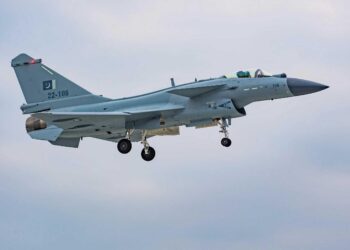AP/CP,
The Canadian and the United States militaries are developing a new weapon in the war against landmines – genetically modified plants.
Researchers working for defence departments on both sides of the border are working with the University of Alberta on developing the plants over the next two years at a cost of $135,000.
The U.S. government has also contracted a number of universities to do similar work.
If successful, the plants would be modern-day versions of canaries in coal mines, whose deaths alerted miners of years gone by to dangerous underground gas levels.
Only instead of dying like birds, the plants would change colour if they came into contact with soil containing TNT and other chemical compounds commonly used in landmines, thereby warning people to stay away.
“Various landmines leak (into the soil) at different rates,” said Anthony Faust, a researcher with the landmine detection branch of the Department of National Defence.
“Some are actually almost open to the environment around them.”
But Professor Michael Deyholos, who is leading the research effort at the University of Alberta's Biological Sciences department, said many questions remain.
“The truth is, we don't know exactly how it's going to work,” said Deyholos.
“But we do know that there are bacteria and other organisms that can detect things like TNT in the soil. And we might take a gene from those bacteria and put that in the roots of the plant.”
“And then when TNT binds to the receptor that that gene makes, it will cause a series of signals to be sent to the plant.
“Ultimately, those signals will end up in the flower or the leaves of the plant and change the colour of the flower or leaves.”
Because the plants could take months to grow, they would not be useful in most combat zones.
But during an lengthy peacekeeping mission, or after a war is over and civilians want to reclaim their land, seeds of the plants could be spread by airplane or helicopter and indicate whether an area is safe.
“One of the big problems with humanitarian de-mining is the sheer size of the problem,” said Faust.
“We have detection technologies that are quite capable of detecting landmines individually, but to try to clear large areas of farmland with the technology that exists is very expensive.
“So we're looking for a technique that is low cost.”
The United Nations estimates there are more than 110 million landmines buried around the world.
The UN says Angola alone has 10 million landmines and an amputee population of 70,000 – 8,000 of whom are children.
Faust came up with the genetically modified plant idea after watching a TV newscast.
“I caught the tail end of a clip that talked about sending genetically modified plants to Mars. These plants were going to be modified to be sensitive to heavy metals.
“So I wondered if that was applicable to any type of chemical compound.”
It could be five years before the plants are developed and ready to be spread, said Deyholos.
“It's pretty far out there, but we think we can make it work.”









